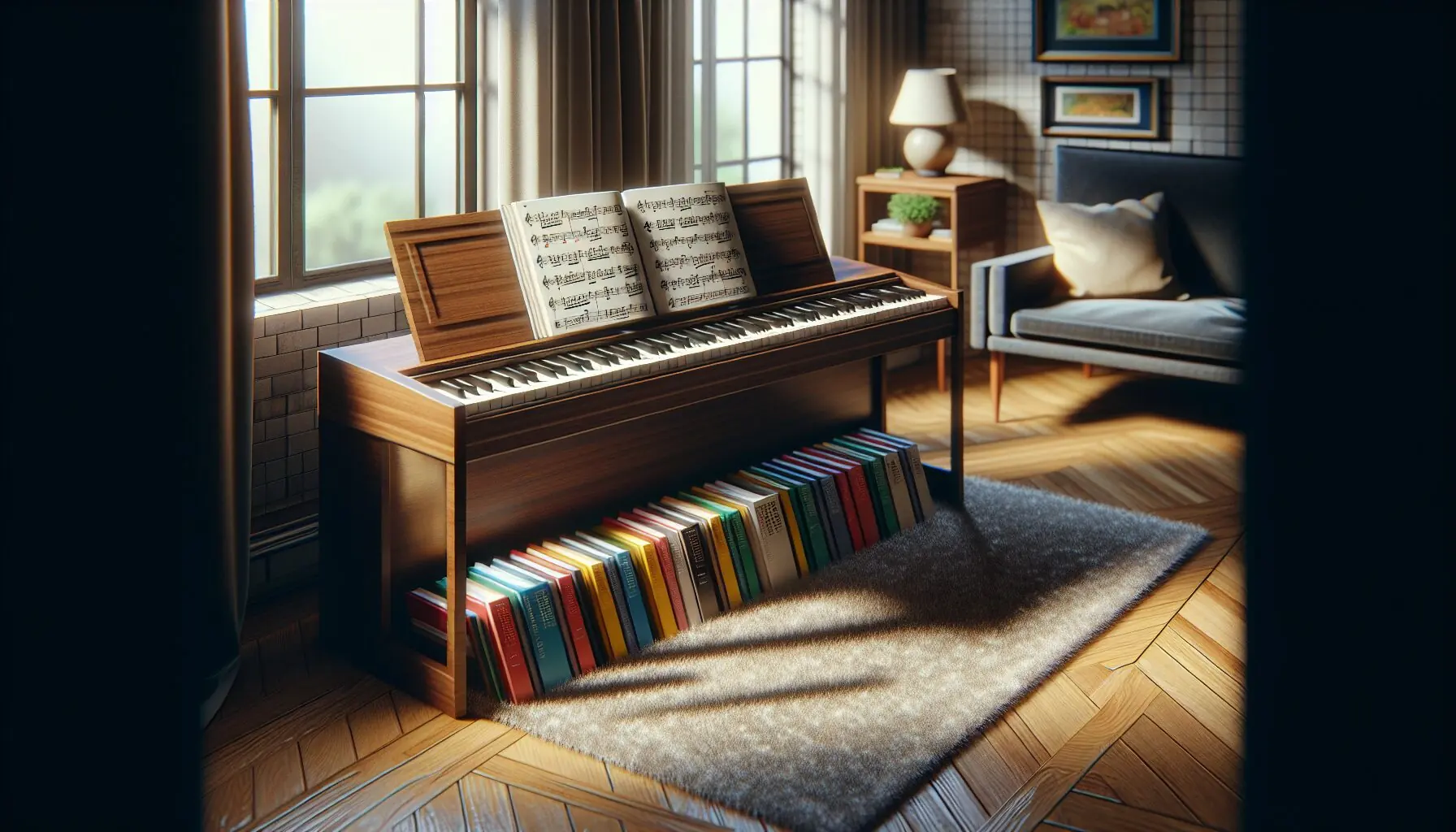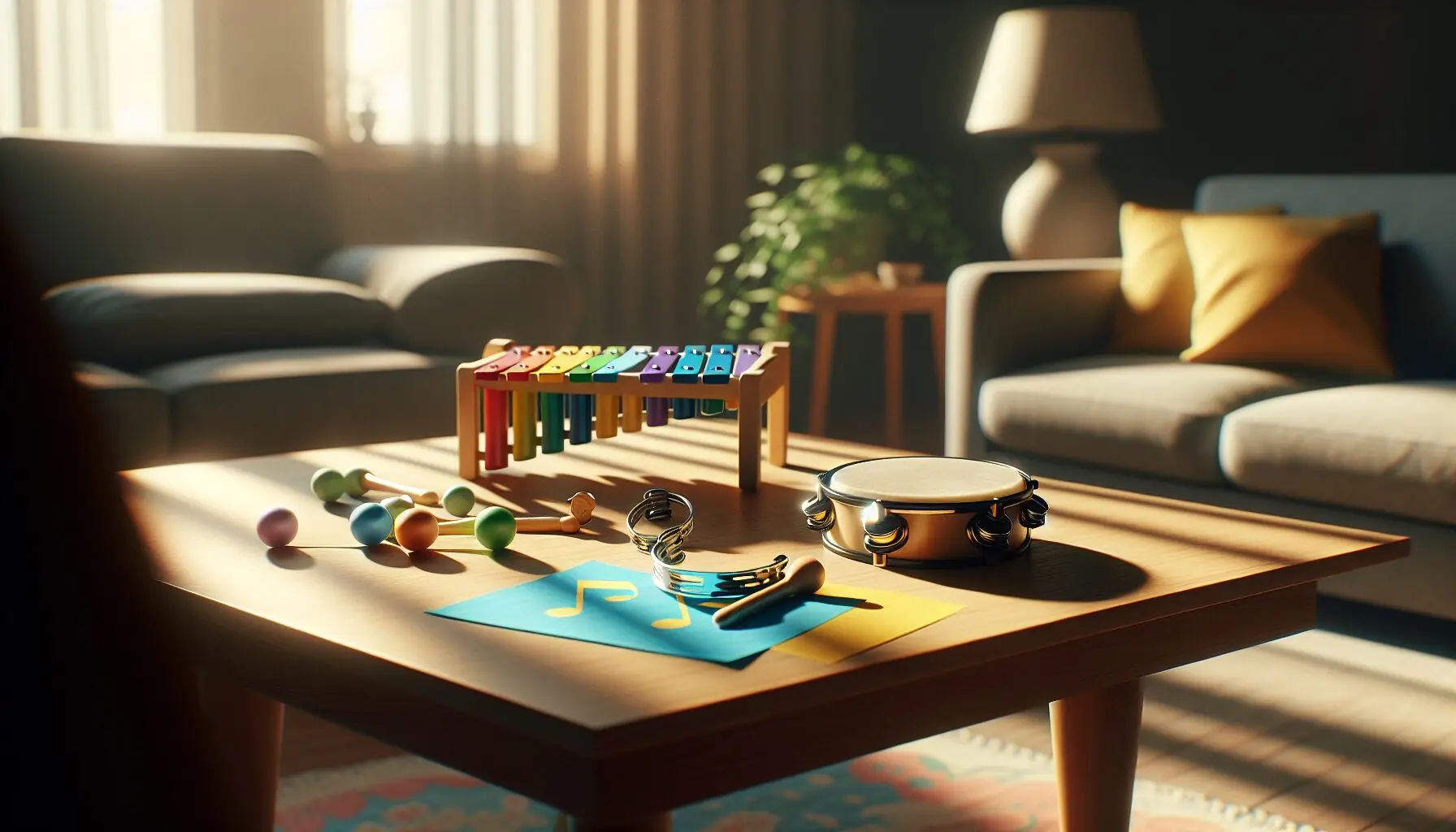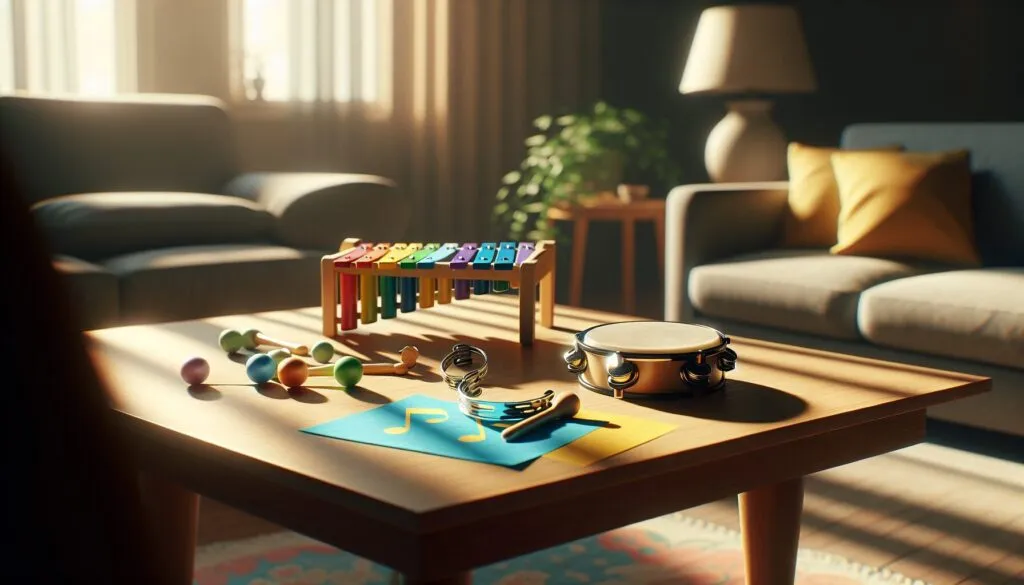Discovering the Magic of Musical Patterns
Music, with its enchanting blend of high and low sounds, has a way of tickling both the senses and the imagination! In our latest adventure into the world of sound, we invite you to explore musical patterns on a keyboard or piano with your little one. This activity isn’t just about playing notes; it’s a delightful journey into understanding sound differentiation and musical scales.
Why is this important? Because these early encounters with music’s rhythm and melody open doors to creativity and cognitive growth. Plus, it’s a musical encounter that promises giggles and curiosity.
So, sit back, relax, and let’s make some noise, shall we?

Highs and Lows: A Key to Musical Fun
It’s time for a joyful playdate with music! Here’s all you need: a keyboard or a piano, and about 15 minutes of uninterrupted parent-child bonding. Start by introducing your child to the keyboard’s extreme ends. Gently press the keys, first on the left to create low sounds and then on the right for high sounds.
- Show and Tell: Play a simple melody, alternating between high and low notes. Let your child guess whether the note is high or low.
- Copycat Game: Play a sequence (example: low-low-high) and have your child repeat the pattern. Increase complexity as you dazzle each other with new patterns!
This flexible activity can be adapted for outdoors with a mobile keyboard, or even used with a virtual piano app. Just imagine the giggles as you mix up the notes into a musical smoothie of highs and lows!
The key is to keep it light and enjoy every moment of discovery.

Why This Activity Hits All the Right Notes
This activity is a treasure trove for nurturing Musical Talent and Appreciation in children. It enhances auditory perception by training their ears to distinguish between different pitches and rhythms. It also supports cognitive development by encouraging pattern recognition and memory skills. But that’s not all!
Involving both caregiver and child, it’s a fun way to strengthen the parent-child bond through shared musical discoveries. Emotional benefits also abound, as children often find joy and excitement in creating and recognizing musical patterns. And who knows? You might be nurturing the next musical prodigy right in your living room!
We’d love to hear your stories and experiences—what unique patterns did you and your child create? Feel free to share any fun variations that emerged during your jam session with the community.

